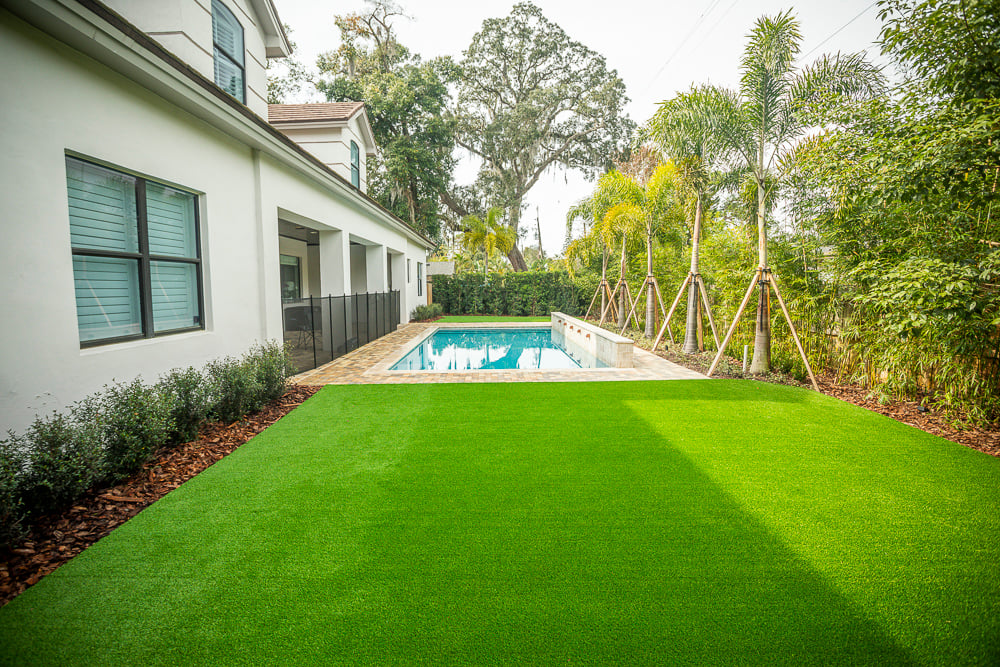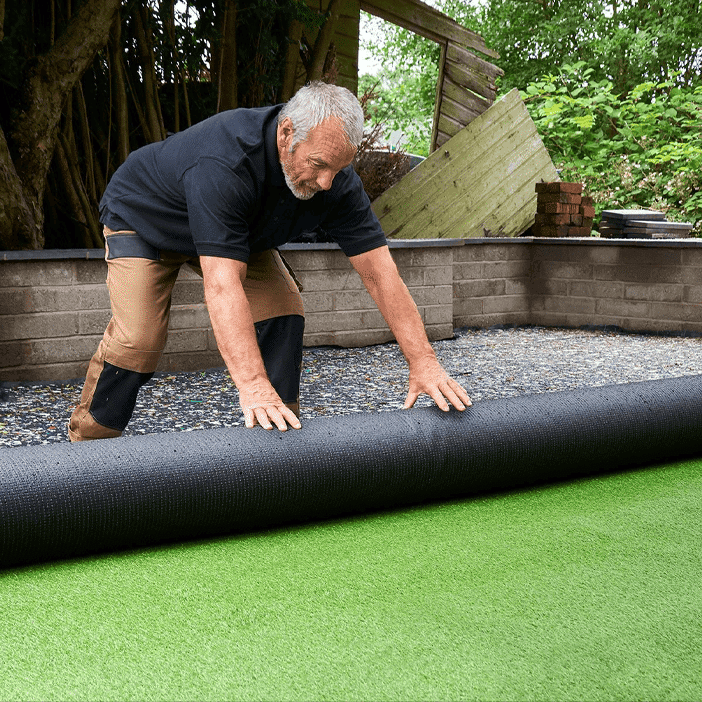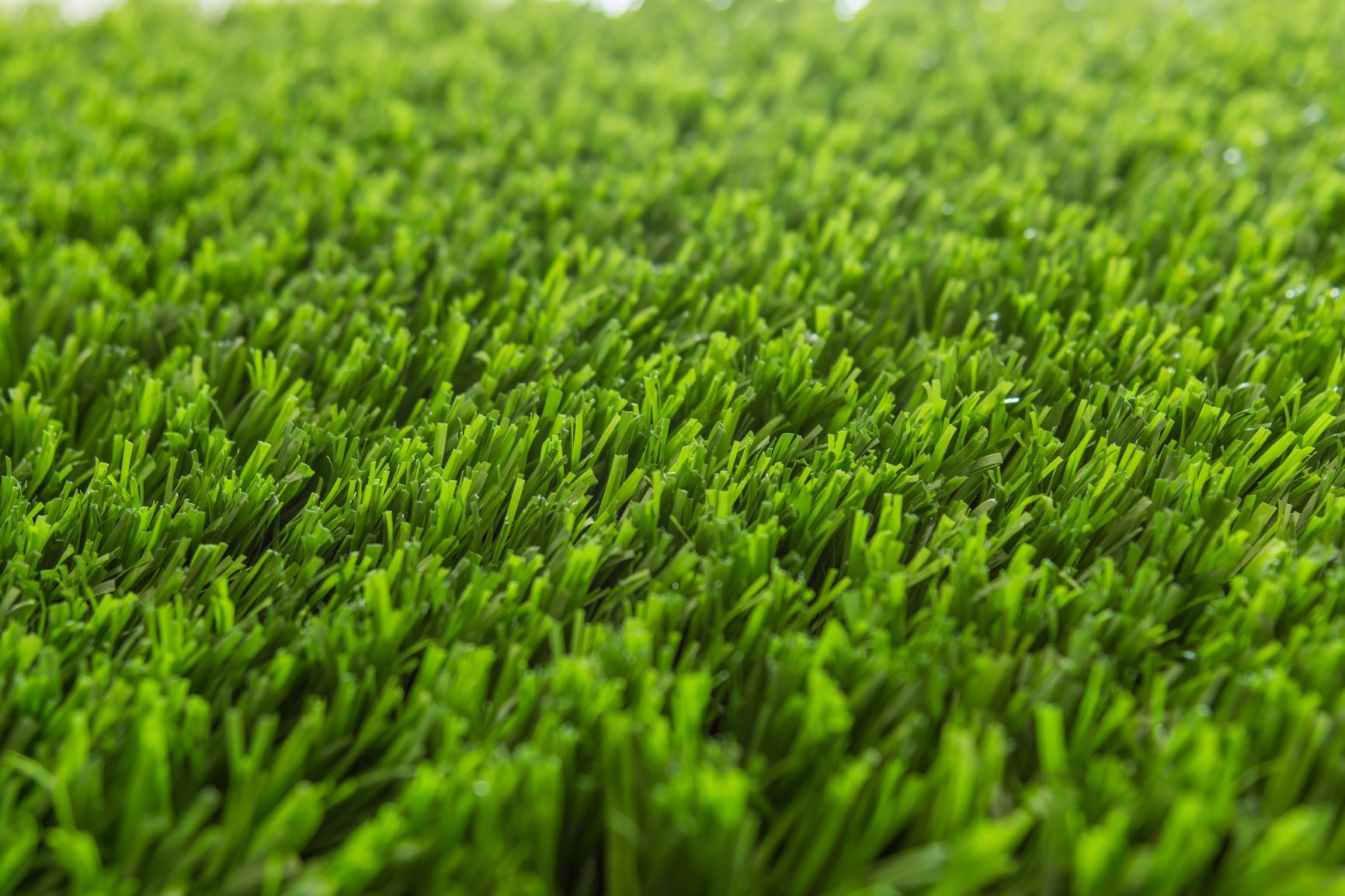Sustainable Arizona Artificial Turf for a Year-Round Lush Green Lawn
Explore the Environmental Benefits of Opting for Artificial Lawn Solutions
The fostering of fabricated turf options offers an engaging chance to address pressing environmental difficulties. By dramatically minimizing water use and reducing the application of unsafe chemicals, these options not only promote sustainable landscaping however likewise safeguard regional environments.
Water Conservation Conveniences
One of the most significant benefits of artificial lawn is its capacity to conserve water. In contrast, fabricated turf does not require watering, significantly lowering the general demand for water sources.
By eliminating the requirement for normal watering, synthetic grass contributes to sustainable landscape techniques and assists alleviate the environmental impact of extreme water intake. In addition, the preservation of water encompasses the decrease of drainage, which can lead to dirt disintegration and river contamination.
Additionally, the installation of synthetic grass permits house owners and districts to assign water sources a lot more efficiently, concentrating on crucial uses such as drinking water and farming. The shift in the direction of synthetic grass not only advertises responsible water usage yet additionally aligns with more comprehensive environmental objectives targeted at preserving natural deposits.
As communities progressively focus on sustainability, the water preservation advantages of fabricated turf provide an engaging case for its fostering in industrial and domestic landscaping projects.
Lowered Chemical Usage
The shift to synthetic grass dramatically decreases the reliance on chemical treatments frequently made use of in natural yard maintenance. Standard turf administration commonly entails the application of chemicals, herbicides, and plant foods to advertise growth and control bugs. These chemicals can present threats to human health, local wild animals, and the atmosphere, adding to soil and water contamination.
On the other hand, synthetic lawn removes the need for these harmful substances. As soon as mounted, it requires very little upkeep, mostly being composed of regular cleansing and occasional infill replenishment. This decrease in chemical usage not only benefits the instant atmosphere yet also contributes to more comprehensive ecological stability. By minimizing the launch of synthetic substances right into the ecological community, fabricated turf advertises healthier dirt and water systems.
Additionally, the lack of chemical drainage associated with synthetic grass installations helps secure regional waterways from pollution, supporting water life and keeping biodiversity. Phoenix turf companies. As neighborhoods significantly prioritize sustainable techniques, deciding for synthetic grass presents a feasible service that lines up with environmental preservation goals. Via this shift, building proprietors can take pleasure in lush environment-friendly spaces without compromising ecological health, leading the way for a much more lasting future
Reduced Carbon Footprint

Furthermore, the installation of fabricated turf can lead Bonuses to significant water preservation. Natural yards require considerable quantities of water for watering, which not only adds to the carbon footprint related to water removal and therapy but additionally pressures regional water resources. On the other hand, synthetic grass requires minimal maintenance, requiring no watering, thus substantially minimizing water use and its linked energy costs.
In addition, the longevity of synthetic grass adds to its reduced carbon impact. With a life expectancy of up to 15 years or even more, the need for frequent replacements is lessened, causing much less waste and lower power intake in production and taking care of conventional lawn options. Generally, synthetic grass offers a sustainable choice for ecologically aware landscaping.
Habitat Preservation
Environment conservation is an essential consideration in the discussion over landscape design selections, specifically when contrasting synthetic grass to all-natural lawn. Natural lawn lawns frequently need comprehensive maintenance, including using chemicals, fertilizers, and herbicides, which can negatively impact regional ecological communities. These chemicals can seep into the dirt and rivers, damaging native flora and fauna and interfering with regional habitats.
On the other hand, man-made grass offers an opportunity to decrease the eco-friendly footprint of landscape design. By going with artificial grass, homeowners can decrease the disturbance of natural habitats connected with standard lawn treatment practices. Synthetic grass gets rid of more the demand for damaging chemicals, thereby shielding neighboring wildlife and maintaining the integrity of bordering environments. The installation of synthetic grass can lead to the conversion of previous lawn locations into even more biodiverse landscapes, such as pollinator gardens or native plant areas, which can support neighborhood wildlife.
Inevitably, the transition to synthetic grass not just saves water and reduces upkeep efforts yet likewise promotes a much more harmonious connection between human tasks and the all-natural setting, promoting environment preservation in the process.
Long-Term Sustainability
Long-lasting sustainability is an essential consider reviewing the advantages of synthetic grass over traditional turf yards. One of one of the most considerable advantages of synthetic grass is its toughness; it can last as much as 15-20 years with very little upkeep, whereas all-natural grass requires constant reseeding and substitute. This longevity minimizes the need for constant sources, such as water, fertilizers, and pesticides, which are crucial for keeping a healthy yard lawn.
Additionally, synthetic turf contributes to a reduction in carbon discharges connected with lawn care tools. Traditional grass usually need gas-powered mowers, leaners, and blowers, all of which add to air pollution. Arizona artificial turf. On the other hand, synthetic grass eliminates the need for such equipment, promoting a cleaner atmosphere
Moreover, the production of synthetic grass increasingly utilizes recycled products, improving its sustainability account. As suppliers embrace environment-friendly techniques, the ecological footprint of synthetic turf continues to decrease.

Final Thought
The adoption of synthetic grass options provides substantial ecological benefits, including considerable water preservation, lowered dependence on harmful chemicals, and a lower carbon impact. Moreover, synthetic grass aids in protecting natural environments by minimizing land disruption and promoting long-lasting sustainability via using resilient materials. Jointly, these factors highlight the possibility of man-made grass to contribute positively to ecological health and wellness and provide a viable option to traditional landscaping techniques in an increasingly resource-conscious world.
In contrast, synthetic lawn does not require watering, significantly reducing the general need for water resources. By decreasing the release of artificial compounds right into the environment, fabricated grass promotes healthier soil and water systems.
Additionally, the installation of artificial turf can result in significant water preservation. In contrast, synthetic grass requires minimal maintenance, requiring no watering, therefore substantially decreasing water usage and its linked energy costs.
